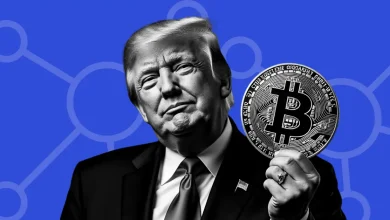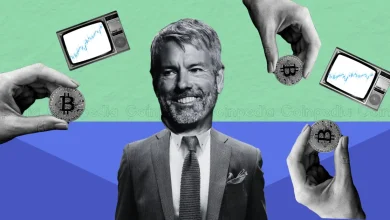
XRP, ranking as the seventh-largest cryptocurrency by market capitalization, has recently experienced a significant surge in trading volume, exceeding a 50% increase within the past 24 hours. This remarkable uptick aligns with the U.S. Securities and Exchange Commission’s (SEC) announcement of its intent to submit a principal brief in the ongoing Ripple appeals case by January 15, 2025. The ripple effects of these legal developments have sparked intense debates among legal experts and the XRP community on social media platforms, particularly X, concerning the token’s regulatory classification and potential price movements.
Do Ripple’s Actions Impact XRP’s Price?
Bill Morgan, a prominent legal analyst within the XRP community, has recently voiced his perspective on the intricate relationship between Ripple’s activities and XRP’s market value. In a tweet, Morgan argued that XRP’s valuation is significantly influenced by Ripple’s endeavors, suggesting that XRP effectively serves as a security instrument for Ripple. He stated, “Without XRP, one cannot benefit from Ripple’s efforts, and with XRP, one cannot be unaffected because its market value reflects Ripple’s actions.” Despite the seemingly straightforward nature of this assertion, Morgan expressed strong disagreement, contending that there is a lack of substantial evidence from the SEC v. Ripple case to support such claims. He pointed out the absence of expert or lay testimony, as well as any direct promotion of XRP by Ripple to retail investors.
Legal Theories vs. Evidence
Bill Morgan acknowledged the potential merit in the legal theory proposed by some analysts but was critical of its reliance on flawed logic and unsupported assumptions. He emphasized the importance of evidence in court proceedings, stating that cases are adjudicated based on concrete evidence rather than abstract theories. Morgan expressed skepticism about the likelihood of the SEC successfully arguing that the judge overlooked crucial evidence in the Ripple case during its appeal. This skepticism casts doubt on the potential for such arguments to alter the case’s outcome.
In response to Morgan’s critique, Joe Sho, the article’s author, clarified that his work represents an analytical perspective rather than an isolated theory. Morgan appreciated this clarification but noted that the XRP community is likely more concerned with broader regulatory and market issues than with such detailed legal debates.
Ripple’s Influence: Still Unclear
The ongoing discussions highlight the persistent uncertainties surrounding XRP’s status and the extent of Ripple’s influence on its value. As the SEC’s legal battle against Ripple continues to unfold, opinions within the XRP community remain divided regarding the true factors driving XRP’s price and its regulatory classification. This legal saga serves as a litmus test for the future of cryptocurrency regulation in the United States, with potentially far-reaching implications for the broader digital asset landscape.
XRP Price Outlook
Presently, XRP is undergoing a correction after reaching a peak of $1.15. The cryptocurrency is now trading below the $1.10 mark, with the possibility of descending to the $1 support level before potentially rebounding. Despite this temporary dip, the overall market outlook remains optimistic. Analysts have set a target of $2 for XRP, contingent upon the cryptocurrency maintaining a price above $0.785. XRP’s continued dominance in cross-border payments further solidifies its standing in the crypto world, underscoring its resilience and adaptability in the face of regulatory challenges.
In conclusion, XRP’s journey through the legal and regulatory landscape remains a compelling narrative within the cryptocurrency space. As developments unfold, the token’s market performance and regulatory status will undoubtedly continue to capture the attention of investors, legal experts, and the broader crypto community. The outcome of the Ripple case will not only influence XRP’s trajectory but will also serve as a critical benchmark for the evolving regulatory framework governing digital assets.






